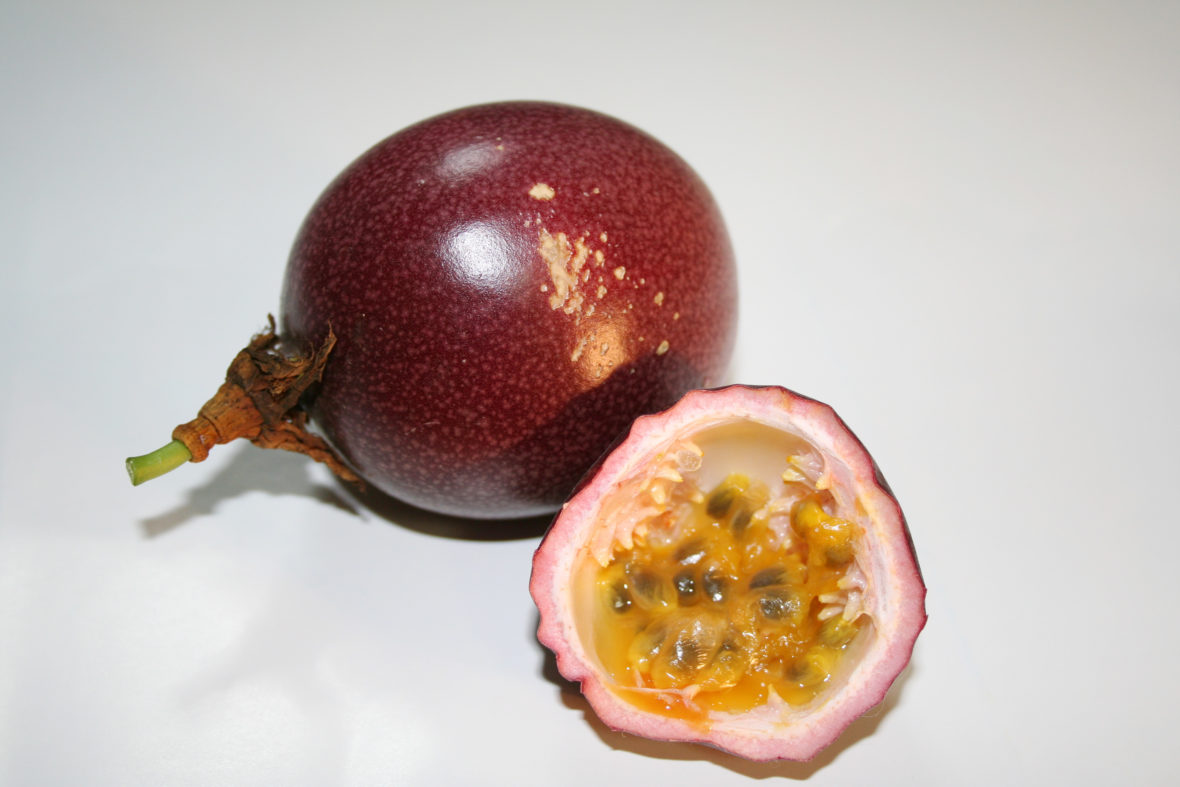Passionfruit is a vine of passion flower that is native to southern Brazil through Paraguay to northern Argentina. It’s common names, besides passionfruit, include maracuja in Portuguese, maracuya or parcha in Spanish, grenadille or fruit de la passion in French and liliko’i in Hawaiian. Take a look below for 23 more fun and interesting facts about passionfruit.
1. Passionfruit is cultivated commercially in tropical and subtropical areas for its sweet and seedy fruit.
2. Passionfruit is a pepo, a type of berry, round to oval, either yellow or dark purple at maturity, with a soft to firm, juicy interior filled with numerous seeds.
3. The fruit is both eaten and juiced. Passionfruit juice is often added to other juices to enhance the aroma.
4. Passionfruit is so called because it’s one of the many species of passion flower, leading to the English translation of the Latin genus name, Passiflora.
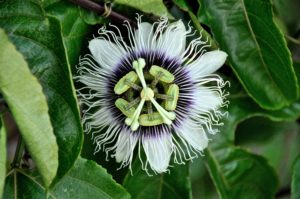
5. Around 1700, the name passionfruit was given to the fruit by missionaries in Brazil as an educational aid while trying to convert the indigenous inhabitants to Christianity. Its name was “flor das cinco chagas”, or “flower of the five wounds”, to illustrate the crucifixion of Christ, with other plant components also named after an emblem in the Passion of Jesus.
6. Passionfruit’s Portuguese and Spanish names “maracuja” or “maracuya” comes from a Guarani word meaning “nursery for flies.”
7. In the Dominican Republic, passionfruit is called “chinola”, which is probably derived from the word China where the orange, a similar-looking fruit, originated.
8. Purple passionfruit is a small, oval to round shaped fruit, approximately 2 to 3 inches in diameter at maturity.
9. Passionfruit’s skin is smooth, yet dimple and at peak maturity can be heavily wrinkled. The skin’s color varies with hues of dark purple and red. Below the skin is a cottony white peel.
10. The interior seed cavity of the passionfruit is filled with edible yellow to green jelly and medium sized black seeds.
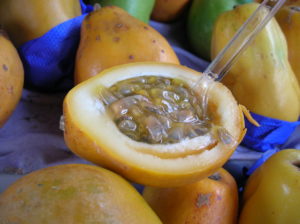
11. The pulp of the passionfruit is highly aromatic and has a tropical sweet tart flavor with nuances of pineapple, papaya, mango, citrus and guava.
12. There are several varieties of passionfruit but the two main commercial types on the market today are the purple passionfruit and yellow passionfruit.
13. The pulp of the passionfruit is rich in vitamin A and vitamin C, while its edible seeds are an excellent source of dietary fiber. Its pulp has also been found to be rich in antioxidants, which have been shown to help prevent certain cancers and support a healthy immune system.
14. The flower of the purple passionfruit has been used for centuries by many cultures as a medicinal supplement to treat insomnia, asthma, anxiety and menopause.
15. The inner white rind of the passionfruit is currently being studied for its ability to reduce asthma symptoms and alleviate the pain caused by osteoarthritis.
16. Passionfruit are prized for the jelly like pulp they contain, which can be used raw or cooked in a number of dessert and beverage preparations.
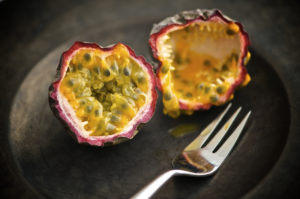
17. In the late 1800s, passionfruit were found to be growing in the coastal areas of Australia then soon after made their way to Hawaii with seeds brought over from Australia.
18. In Sri Lanka, passionfruit juice, along with faluda, is one of the most popular refreshments. Passionfruit cordial is manufactured both at home as well as industrially by mixing the pulp with sugar.
19. In Portugal, especially the Azores and Madeira, passionfruit is used as a base for a variety of liqueurs and mousses.
20. In Peru, passionfruit has long been a staple in homemade ice pops called marciano. Passionfruit is also used in several desserts, especially mousses and cheesecakes.
21. In India, the government of Andhra Pradesh started growing passionfruit vines in the Chintapalli forests to make the fruit available within the region. The fruit is eaten raw, sprinkled with sugar and is also used to make juice.
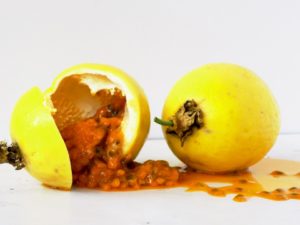
22. In Australia and New Zealand, passionfruit is available commercially both fresh and tinned. It’s added to fruit salads, and fresh fruit pulp or passion fruit sauce is commonly used in desserts, including as a topping for pavlova, a regional meringue cake, and ice cream.
23. In Colombia, passionfruit is one of the most important fruits, especially for juices and desserts.

